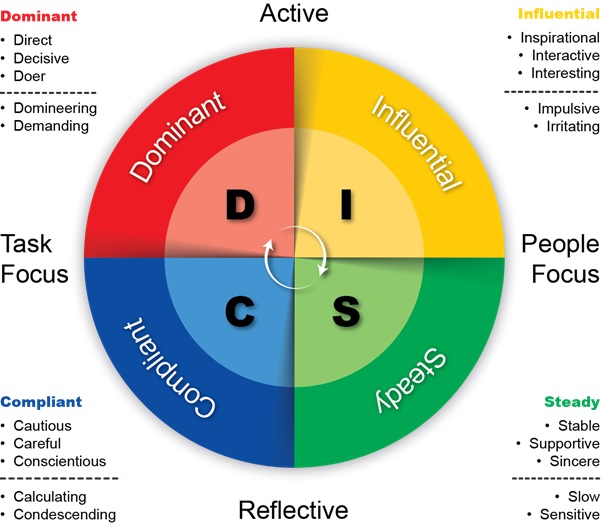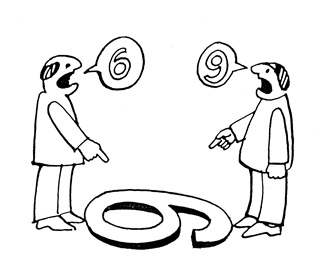Teamwork makes the dream work
Friday, 16 November 2018

Our second presenter at DairyLeader 2018 was Dr Jolanda Jansen who spoke about using behavioural change techniques and communication to influence our people.
Against a background of an evolving industry, growing scepticism in the west and a change in the way people perceive dairy farmers, Dr Jansen explained how people want change but people don’t want to be changed.
“It’s your mind set that drives change and makes a difference. While people acted individually in the past, nowadays we need to work together and cooperate if we’re to reach farm goals. There is an African proverb: if you want to go fast travel alone, in you want to go far, travel together” said Dr Jansen.
She explained that our brains are fundamentally the same as they were thousands of years ago. Our response to perceived threats (such as a request to change) are primary – we either flight, freeze or fight – and we can’t control these. The same applies to your staff.
When trying to get people to change, they must relate to the issue and have the ability and freedom to act according to self-determination theory. It’s better to present a choice to your team and offer options rather than imposing a unilateral decision.
The RESET model of communication
Dr Jansen highlighted five buttons you can press to change people’s mind set as denoted by the RESET model of communication:
- Rules & regulations
- Education and information
- Social pressure
- Economic incentives
- Tools
It’s usually a combination of each of these that drive change and it’s important to recognise that people are sensitive to different buttons – those who respond to new rules like structure and plans, whereas others love information or convenient tools to make their job easier. Understanding your staff and learning which buttons to press, will help encourage change.
If you want to understand your team’s preferences, then simply ask them. Begin with questions such as ‘What is important to you?’ and ‘What do you need the farm to do to help you achieve that?’
Personality traits
Knowing that your strengths may also be your pitfall, according to Daniel Ofman’s core qualities model. We may have an ‘allergic’ response to people who confront us with challenges. Good teams benefit from knowing each other’s strengths.
Personality profiling can give you an insight into people’s characters. Dr Jansen introduced us to the DISC test which shows how the factors Dominance, Influence, Steadiness and Compliance predict your behaviour towards others and the everyday things you do.

Source: salesbox.com
Delegates completed the DISC test and Dr Jansen explained more about the theory, which breaks down specific behavioural tendencies as illustrated above.
People who score high on Dominance and Compliance tend to be more task-oriented whereas those scoring higher on Influence and Steadiness are more people-oriented. Those scoring high on Dominance and Influence are generally more assertive and active, higher scores on Compliance and Steadiness give rise to calm and more cautious behavioural styles.
While traits have positive aspects, such as those indicating Dominance coming across as determined and purposeful on a good day, there can have a negative side too on a bad day where they’re perceived as controlling overbearing and intolerant.
Getting an understanding of your own personality and how you can be perceived when dealing with others is the first step and Dr Jansen encouraged delegates to carry out a similar exercise with their teams to help improve understanding and communication.
Communication rules
When it comes to communication, what you give is what you get. Your behaviour affects others, both positively and negatively. We only remember around 20% of what is said, the other 80% comes across in your body language. Remember to S.O.F.T.E.N:
- Smile, show friendliness
- Have an Open posture, open arms, do not cross your legs
- Lean Forward to mirror the body language of the other
- Touch – your handshake should be neutral, not too weak or strong
- Eye contact – look long enough to see the colour in their eyes
- Nod- not straight up and down, but tilt your head a bit
Communication is entirely your responsibility, which starts with active listening so it helps to understand the five levels of listening:
- Not listening
- Pretending
- Autobiographical – where people highjack the conversation
- Helping – try to offer solutions without being asked,
- Empathic – most effective, show you care, acknowledge, be silent, offer your help
Always listen, summarise and ask questions to double check what people say and mean as perceptions can be different, but both can still be correct:

People often come up with excuses to justify their own behaviour and makes comments like ‘yes, but…’ to defend why they won’t change, called ‘sustain talk’. Stimulate them to talk about change by evoking their desire, reasons and need to change. This technique is called Motivational interviewing. Evoke the persons own problem-solving capacity. Let people convince themselves by encouraging them to display ‘change talk’ instead of ‘sustain talk’.
Dealing with resistance is a common problem, excuses often include:
“Yes, but we don’t have time for that.”
Our usual response is “It won’t take long” but this doesn’t get people to buy into change and may foster further resistance and resentment and further ‘sustain talk’ . Much better to encourage people to think of solutions and make them display ‘change talk’ e.g. “Given that there is limited time, what else can we do to achieve our goal?”
“Can you guarantee it’ll work?”
“No, but we won’t know unless we try,” we’d reply. A better option is, “What do you expect? What is most important to you?” “when would you be happy?”
“Yes but we can’t change everything.”
Instead of “No, but you can do this.” Try “I understand, given that what else could we do?”
By asking questions you make the brain work and make people convince themselves. These examples highlight the importance of shared decision making to avoid solutions that are seen as new protocols and procedures imposed from above.
Conclusion
Summing up, Dr Jansen said: “Change is not easy, it’s scary, particularly for your workers. But if you don’t change nothing will happen and the world will change around you. Ending with Einstein’s quote: “If you do what you did, you get what you got” Be a front runner. Don’t wait for change to happen to you.”

